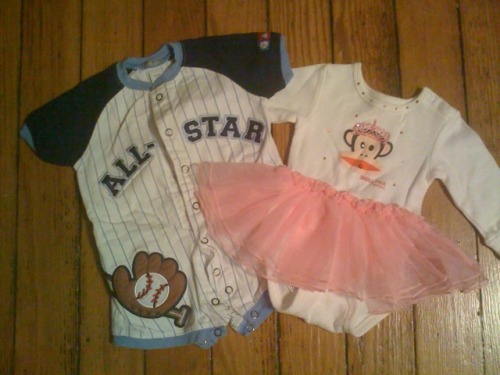Thanks to University of Wisconsin – Madison researchers for another study that says girls can do math!
We’ve been here before. I’m not blaming them. This research needed to be done. I wish it didn’t. But it does. This study does not only address if girls can do math or not, but it also addresses the frequent “solution” to helping girls do well in math and science — single-gender education.
From the conclusions of the paper:
[W]e conclude that gender equity and other sociocultural factors, not national income, school type, or religion per se, are the primary determinants of mathematics performance at all levels for both boys and girls. Our findings are consistent with the gender stratified hypothesis, but not with the greater male variability, gap due to inequity, single-gender classroom, or Muslim culture hypotheses.
In other words, the gap we see between girls and boys math ability is due to society and culture. “[T]hese major international studies strongly suggest that the maths gender gap, where it occurs, is due to cultural factors that differ among countries – and that these factors can be changed.”
It is not due to some mystery math gene on the Y-chromosome (greater male variability), not due to more boys having access to math classes (inequity), not due to separating boys from girls nor is it due to some mystery about Muslim culture. The last one is the most odd theory some people cling in order to not see that gender equity in society has an effect on girls and math performance. It was in Freakanomics. Essentially it goes like this: Since girls in Muslim societies have little equity, but they do awesome in math, feminism/gender equity has nothing to do with girls doing math.
‘The girls living in some Middle Eastern countries, such as Bahrain and Oman, had, in fact, not scored very well, but their boys had scored even worse, a result found to be unrelated to either Muslim culture or schooling in single-gender classrooms,’ says Kane.
He suggests that Bahraini boys may have low average math scores because some attend religious schools whose curricula include little mathematics.
Also, some low-performing girls drop out of school, making the tested sample unrepresentative of the whole population. [cite]
The Muslim society theory depends on the strength of single-gender classroom theory. Kane and Mertz also debunks this beloved theory on how to combat the lack of girls in math and science. Other studies have tried to debunk the single-gender classroom/school theory by pointing out that most single-gender schools have smaller classrooms. I only say “try” because some people have ignored them.
Last month my office co-sponsored a Girls and Computer Science Day for high school girls. During the lunch Q&A panel where some of our undergraduate and graduate women in CS talked about how awesome our CS department is, I chimed in. I told the girls that our quest to see more girls in CS is not merely a pro-girl movement, rather it is a movement to ensure that we have as many heads at that table as possible when solving problems our world is facing. I don’t do my job just to get girls and women into science and engineering to get the numbers up. Rather women and girls add something to the process of how science and engineering is done. It is not that women do better science, but with women at the table, science is better. Kane and Mertz sum it up pretty well in their concluding remarks:
Eliminating gender discrimination in pay and employment opportunities could be part of a win-win formula for producing an adequate supply of future workers with high-level competence in mathematics. Wealthy countries that fail to provide gender equity in employment are at risk of producing too few citizens of either gender with the skills necessary to compete successfully in a knowledge-based economy driven by science and technology.
Now that we’ve settled these questions, let’s get back in the lab and get some science done, shall we?


 Ask me five years ago and I’d have told you I’d be first in line to challenge gender stereotypes if ever I had kids myself. I minored in feminist cultural studies! I believe boys and girls are made, not just born! But sixteen months into parenting my boy/girl twins, I’m starting to wonder how I’ll ever ensure that my boy grows up sensitive and my girl stays, as
Ask me five years ago and I’d have told you I’d be first in line to challenge gender stereotypes if ever I had kids myself. I minored in feminist cultural studies! I believe boys and girls are made, not just born! But sixteen months into parenting my boy/girl twins, I’m starting to wonder how I’ll ever ensure that my boy grows up sensitive and my girl stays, as  This is the second in a series this week from
This is the second in a series this week from 

